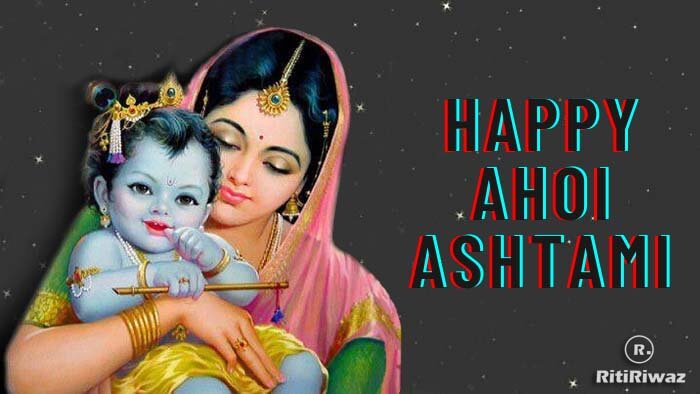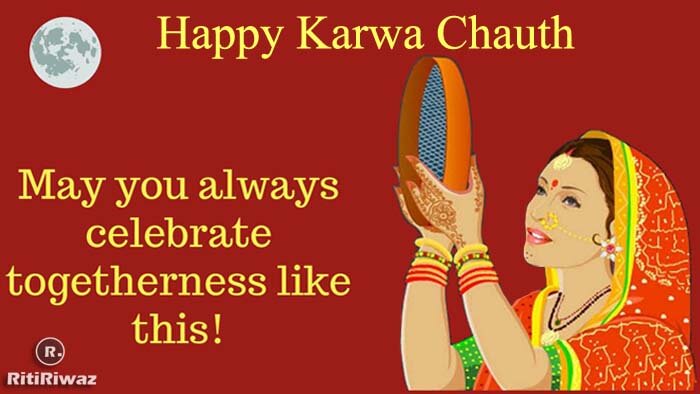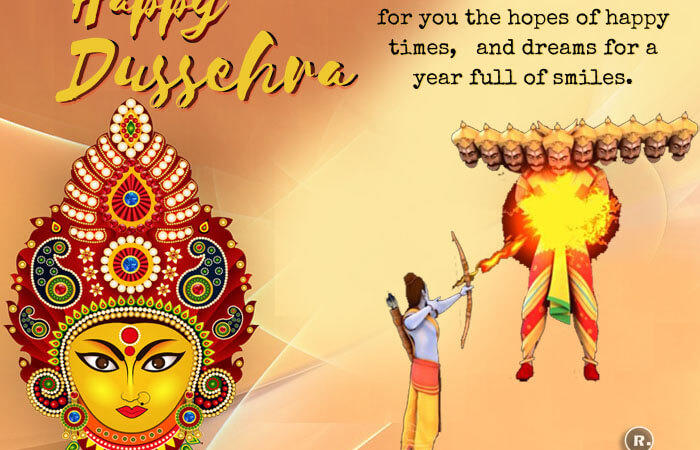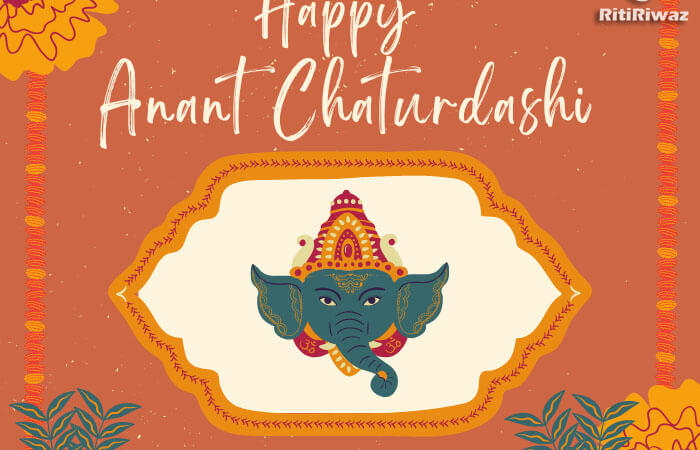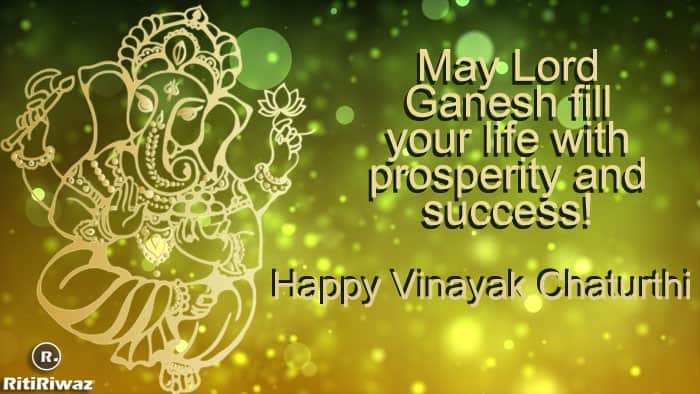Ratha Saptami
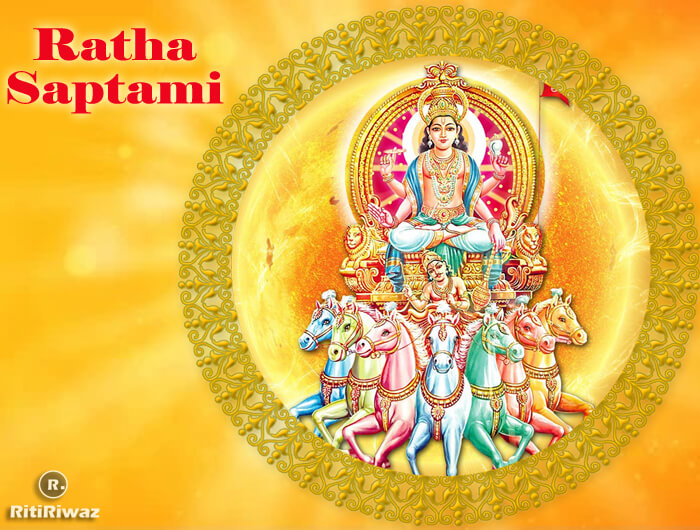
Ratha Saptami is dedicated to Lord Surya and is also called Surya Jayanti, Rathasapthami, or Magha Saptami, it falls on the seventh day (Saptami) in the bright half (Shukla Paksha) of the Hindu month Magha. It falls on the second day after Vasant Panchami.
Ratha Saptami marks the seventh day following the Sun’s northerly movement (Uttarayana) of the vernal equinox starting from Capricorn (Makara). The word Saptami is derived from the Sanskrit word ‘sapta’ which means seven, and consequently, the expression ‘Magha-saptami’ is taken to mean the seventh ‘tithi’ or the day after the ‘Purnima’ (full-moon) or the ‘Amavasya’ (new-moon) in the month of Magha. Here it is the seventh day in the bright fortnight of the said month.
In 2024 Ratha Saptami fall on Friday, 16th February.
Significance of Ratha Saptami
Ratha Saptami symbolizes the change of season to spring and the start of the harvesting season. For many Indian farmers, it marks an auspicious beginning of the New Year. It is during this time that Surya/Sun travels in his Ratha (Chariot) drawn by Seven Horses from the southeast to the northeast. The Ratha Saptami festival seeks the benevolent cosmic spread of energy and light from the Sun God.
Many people worship Surya because he is called “Aarogya and Aishwarya Datha” (provider of health and wealth). Surya is worshipped early in the morning while fresh sunrays emerge. It is believed and proven that exposure to fresh sunrays will rejuvenate energy, and purify the mind & body. Moreover, even scientifically it is proven that there are many benefits of getting exposed to the early morning sun.
On this prominent day in the sun’s cycle, it is believed that the sun transmits highly positive energy to the human body. When the human body energetically and consciously receives this positive energy, each cell becomes more powerful to fight any kind of disease. The festival is observed by all Hindus in their houses and innumerable temples dedicated to Surya, across India.
Legend
As per Hindu mythology, it was said that one of the Kamboj Empire’s kings, Yashovarma was a noble king who did not have an heir for his kingdom. He did some special prayers to God and he was blessed with a son. The king’s vows did not end with this, as his son was terminally ill. A saint who visited the king advised that his son should perform the Ratha Saptami Pooja with reverence to rid of his past sins. Once the King’s son performed this, his health was restored and he ruled his kingdom well.
It is also believed that the Sage Agasthiyar advised Lord Rama to perform this Pooja and worship Lord Surya to win the war against Ravana. He also gave Adithya Hrudayam Upadesham to Lord Rama before the war.
How is the day Observed?
Devotees wake up before sunrise and finish their ablutions and have a ritualistic bath with Arka Leaves placed on 7 parts of their body along with Akshate (Rice and Turmeric). 1 leaf on the head, 2 on the shoulders, 2 on the knees, and 2 on the feet. In some families, the practice is for Men to bathe without Turmeric (only Arka leaves and Rice). It is also significant to know that Arka also means Sun Rays.
After the ritualistic bath, it is time for Arghya pradhana to Sun. Offering water from the Kalasha facing the Sun chanting the following mantra
Namah Suryaya Shantaya Sarvaroga Nivaarine
Ayu rarogya maisvairyam dehi devah jagatpate
Meaning – I bow to you Bhagwan Surya, the ruler of the Universe, the one whose energy is curative, Bless us with long life, good health, and prosperity
After offering Arghya, light a lamp and agarbatti (incense sticks), offer flowers (red colored ones) and perform Kapoor (Camphor) Arathi.
Suggested Read: Surya Namaskar Mantra

